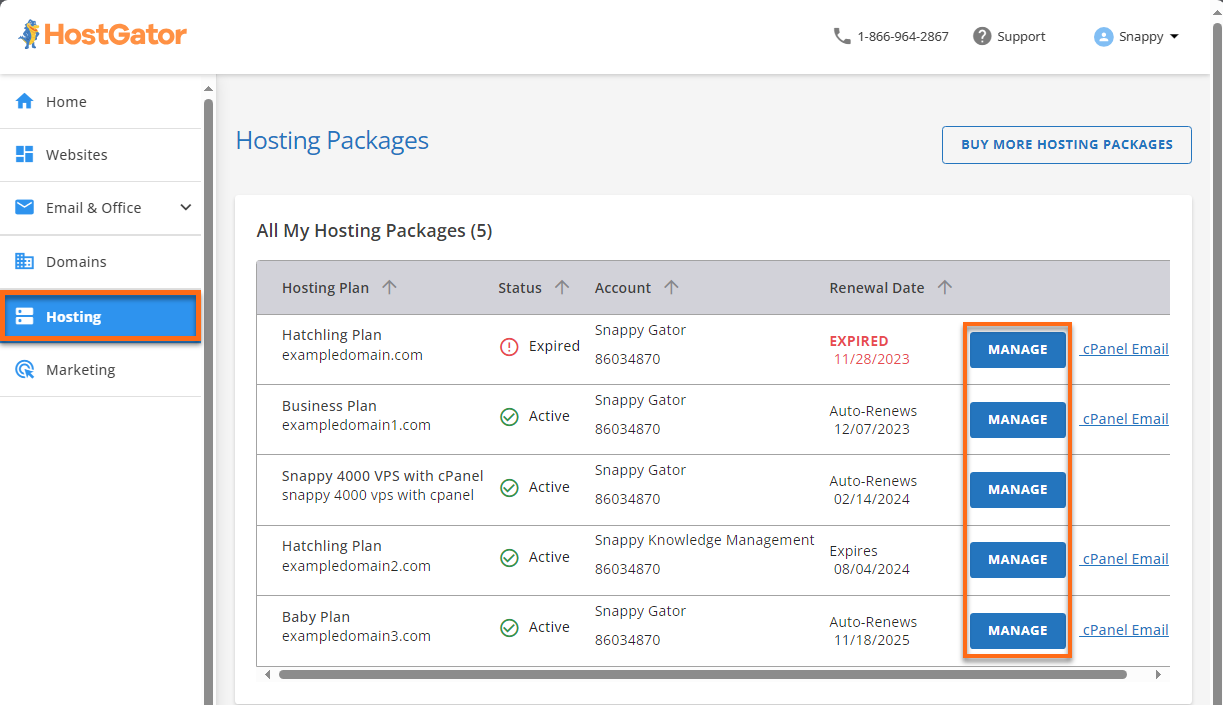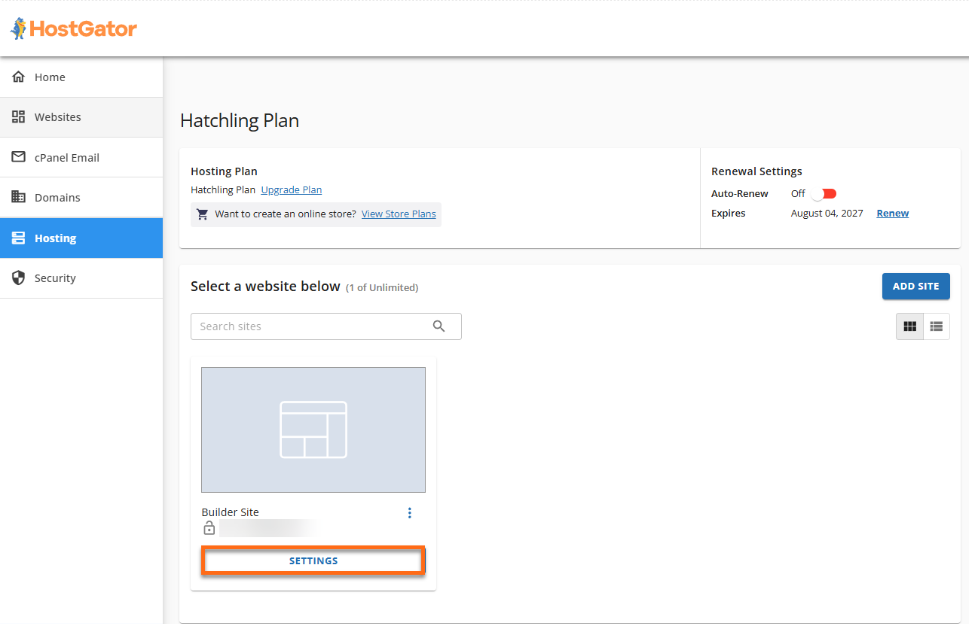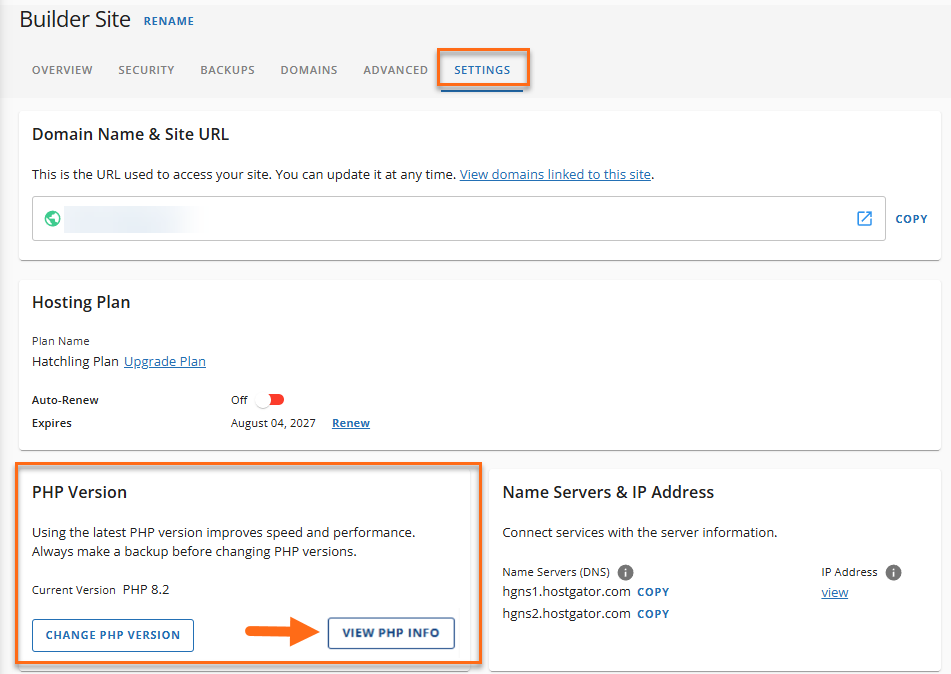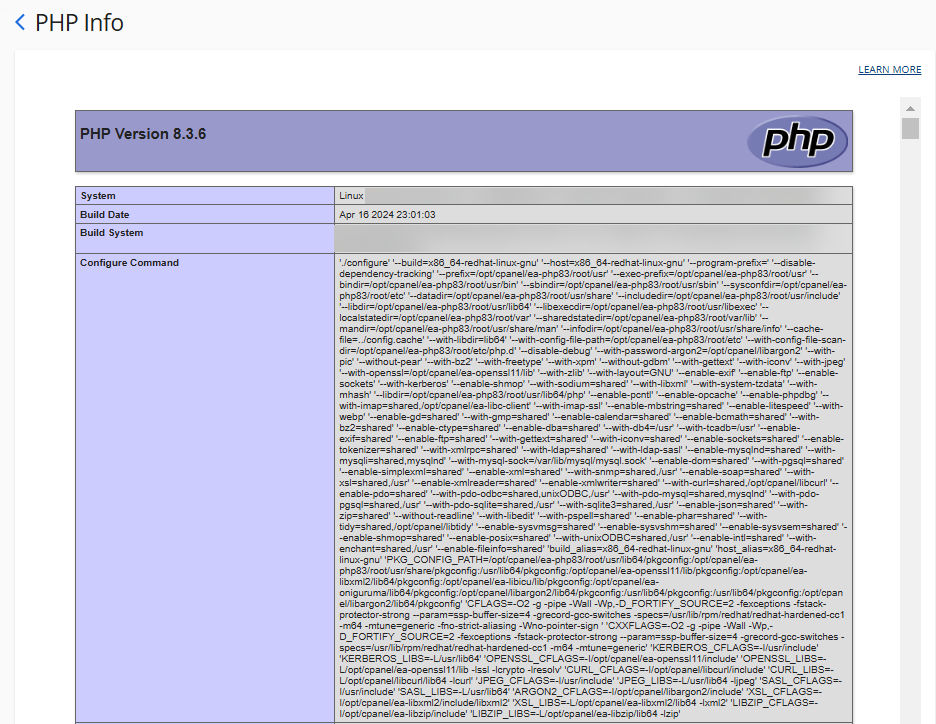How to View PHP Info in the Customer Portal
PHP Info provides essential details about your server's PHP configuration, including version, extensions, and settings. Accessing it through the Customer Portal is quick and easy. This guide will walk you through the steps to retrieve this information effortlessly.
What is PHP Info
PHP Info is like a diagnostic report for your website's PHP environment. Since PHP is the programming language behind many websites and web applications (including WordPress), understanding its configuration is essential for performance and troubleshooting. The PHP Info page provides a detailed breakdown of how PHP is set up on your server, including:
- The PHP version running on your server.
- Enabled settings and features that affect performance and security.
- Installed extensions and modules that help your website function properly.
This information is crucial for debugging issues, optimizing performance, and ensuring compatibility with web applications.
How to Access PHP Info
- Log in to your Customer Portal.
- Click Websites on the left side of the navigation menu.

- You can also go to the Hosting tab, find the hosting package you want to manage, and click the MANAGE button.

- On the website management page, click SETTINGS for the site you want to manage.

- Go to the SETTINGS tab, find the PHP Version card, and click the VIEW PHP INFO button.

- After that, you'll be ready to access the PHP Info page.

Core Information on the PHP Info Page
The PHP Info page gives you a detailed overview of your server's PHP configuration. Here are the details that you can check on the PHP info page:
- PHP Version -- Identifies the version of PHP running on your server.
- Loaded Extensions -- Lists active PHP extensions that enhance functionality.
- Configuration Settings -- Displays important PHP settings like memory limits and error reporting.
- Server Information -- Shows details about the hosting environment and system variables.
This data is crucial for website developers and administrators to ensure smooth website performance and resolve technical issues efficiently.